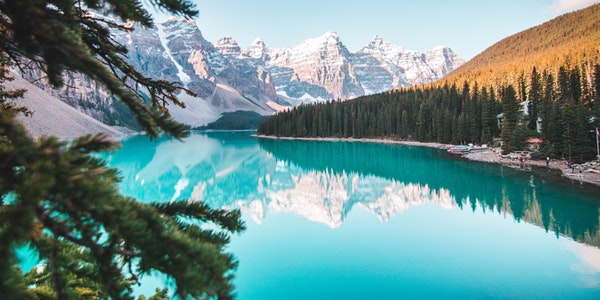Table of Contents
Direct Light and Diffuse Light
In terms of light quality, scattered light is much softer than direct light.
So how do you use a flash to create a larger area of scattered light outdoors?
The easiest way is to use the flash to hit the light on the reflector, which then hits the light on the subject.
This method is very similar to lighting with a reflector outdoors, except that the light source is changed from sunlight to flash. Indoors, this is very similar to the bounce flash, except that the reflective surface of the bounce flash is changed from a ceiling or wall to a reflector.
Combination of Flash + Reflector, Consideration of Application Surface
From the perspective of real shooting, if the outdoor light is very strong, the combination of flash + reflector may not be ideal at this time. When the sun is strong, it may be necessary to switch to the way of hitting directly from the side, or directly use the reflector to fill in the light.
If the outdoor light is weak, such as cloudy or indoor scenes, because the ambient light itself is weak, the scattered light reflected by the flash & reflector will be better.
Angle and Position of Reflector
When filling light, we must think that not only the head of the flash is free, but also the angle of the reflector on the light stand is free.
Therefore, we can raise the reflector to simulate a ceiling. You can also mount the reflector on the side to simulate it as a wall.
This way, even outdoors on a cloudy day, you can shoot as if you were indoors. When there is no sun, the flash in hand is a small sun. Anytime, anywhere, we can master the light source.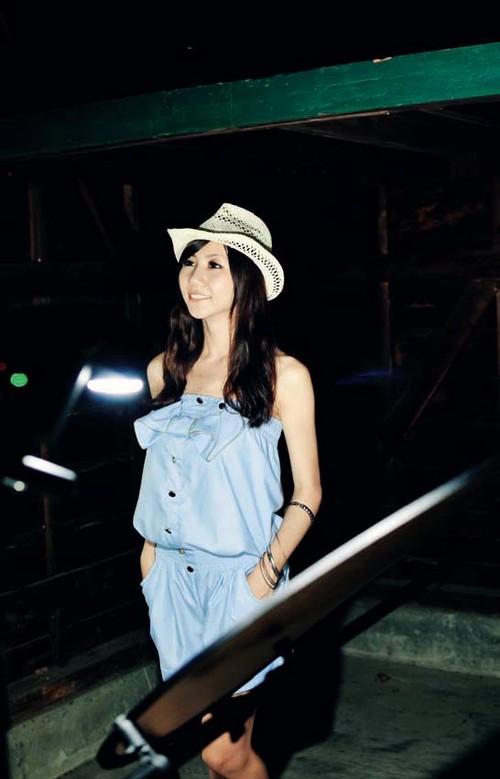
On a cloudy day, there is no sunlight indoors, and it seems that the reflectors are useless. However, the flash is the sun in the room, and the combination of the reflector has an unexpected effect.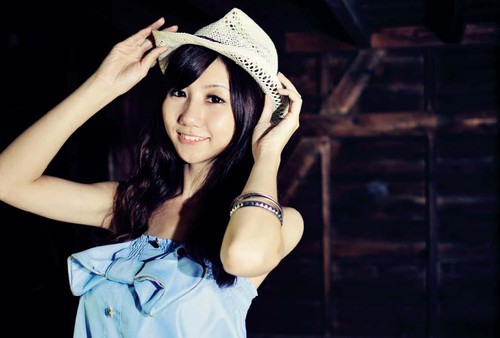
Due to the weak indoor light, the effect of the flash will be more obvious. So pay attention to adjusting the output of the flash. Full manual exposure mode, aperture f/2.2, shutter 1/80s, ISO 200.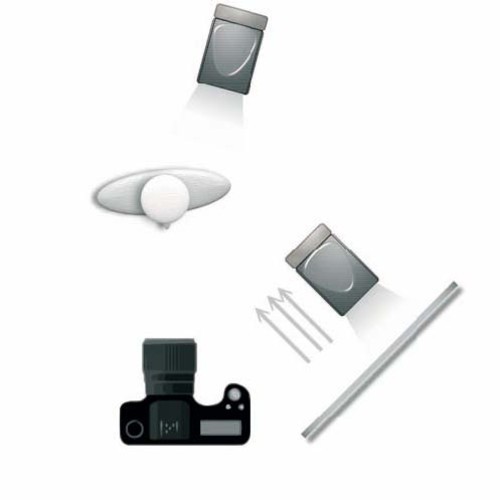
Another important effect of using a flash with a reflector is that the catch light it creates will be much larger than a direct flash. This is also an important example of turning a point light source into an area light source.
Can you observe the catch light in the photo, is it bigger than the direct flash?
Folding Reflector Application
·Folding reflector
Among the many accessories that flash out, photographers prefer the foldable reflector, because it does not occupy the space of the camera bag compared to the diffuser. The angle is changeable, and the application methods are also more.
The diffuser is not discussed here because it is bulky. And it may fall off due to its heavy weight when firing from the side of the flash. We can think of a diffuser as a bulky hard diffuser box.
The foldable reflector can be said to be an extension of the reflector of the lamp head.
Advantages of Folding Reflectors
Folding reflectors are at least a few things better than reflectors built into flash heads.
- The reflection area is large. It is at least 4 to 6 times that of the reflector of the lamp head, so a larger catch light can be obtained.
- It can be rolled into a cylindrical shape as a light-collecting device.
- Supports multi-angle changes, which can reflect more light to the front. Relatively speaking, the internal reflector (diffuser) is difficult to control the amount of reflected light because of the angle.
- Lightweight and compact, easy to carry.
Overall, the foldable reflector is a very interesting mini device, and I suggest you give it a try.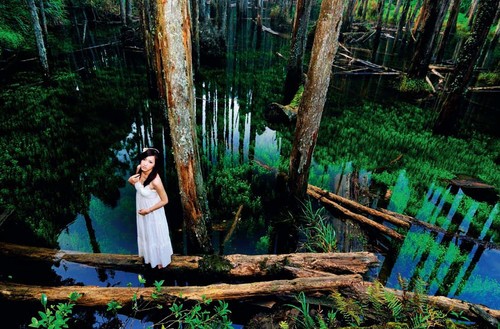
This photo was taken with a foldable reflector. Since the journey to the forest is a more difficult journey, it is important to keep the equipment compact and light.
Settings: Shooting in full manual mode, f/4.5, 1/40s, ISO 400.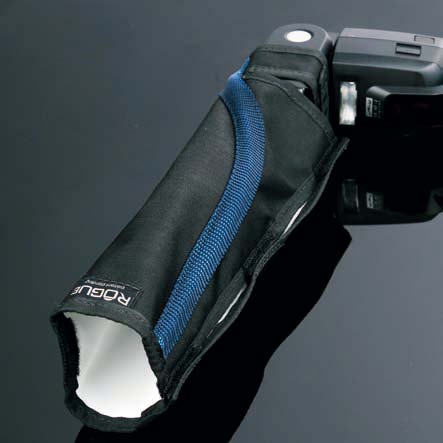
Folding reflectors can be rolled into a tube to concentrate light. You can use this method when you need to emphasize the model’s hair.
